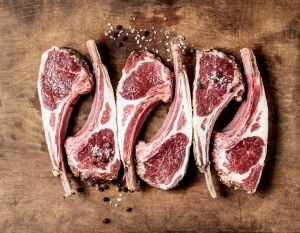Weighing in on strategic realignment

WPI’s team was retained by the governing board of a U.S. industry organization to review a decision, reached by vote, to invest significant assets into the development and management of an export trading company. WPI’s team conducted a formal review of this decision and concluded that the current level of market saturation would limit the benefits of the investment. Based on WPI’s analysis and recommended actions, the board subsequently reversed its decision and undertook a strategic planning effort to identify more impactful investments. On behalf of numerous clients, WPI has not only assisted in identifying strategic paths but also advised their implementation.

 The CBOT was mostly higher before the Christmas holiday with grains in the lead, though with each market seeing a different fundamental driver. Wheat futures rallied on the once-again-escalating tensions in the Black Sea and dry weather in the U.S. southern plains that has left the wheat crop v...
The CBOT was mostly higher before the Christmas holiday with grains in the lead, though with each market seeing a different fundamental driver. Wheat futures rallied on the once-again-escalating tensions in the Black Sea and dry weather in the U.S. southern plains that has left the wheat crop v...
 Everyone knows the volume traded this week will be lower, but there is no break in the directional adjustments. The corn market still had to continue its march higher, worries about wheat supplies moving out of Ukraine and even volume was not totally lower with soymeal and lean hog trading keep...
Everyone knows the volume traded this week will be lower, but there is no break in the directional adjustments. The corn market still had to continue its march higher, worries about wheat supplies moving out of Ukraine and even volume was not totally lower with soymeal and lean hog trading keep...